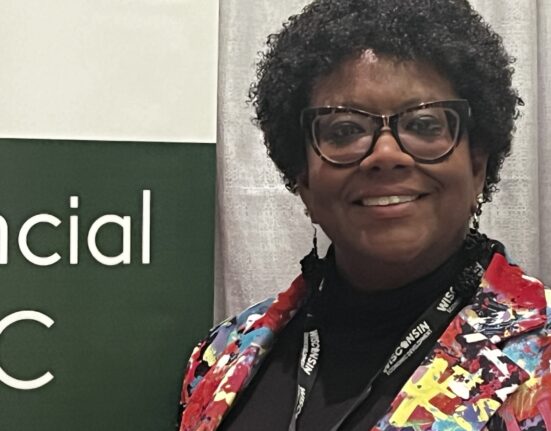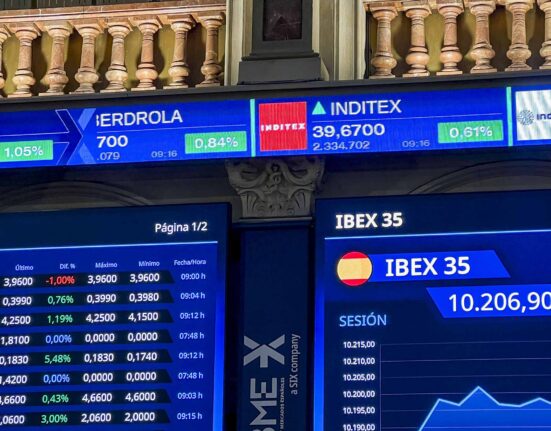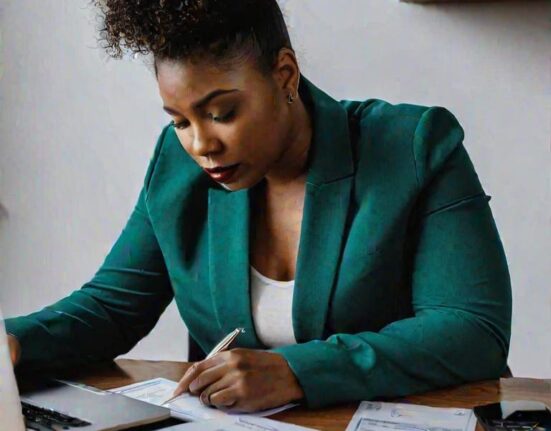
This piece first appeared in Blueprint365 Magazine. Click here to request your complimentary copy.
It can feel too much at times trying to balance your mortgage payments, car loan, student loans, credit card debt or whatever else may be on your plate. Veronica Barnes of Mindset2Money provides insights on how to reduce your debt by following tried and true methods in debt management.
The first thing to realize is that not all debt is bad. Good debts are things like your mortgage or student loans – the type of stuff that provides long-term financial health.
Bad debt, on the other hand, includes anything purchased using credit for immediate consumption, like food or clothing, or loans for rapidly depreciating assets like vehicles. And while these things are essential at times, accumulating too much bad debt can lead to becoming overwhelmed.

Life happens regardless and these debts need to be paid off. When it becomes too much, there are a few strategies to make it all more manageable.
Consider either paying off the debt with the highest interest rate or the one the smallest debt first.
Paying off the debt with the highest interest rate will lead you to being able to pay off the rest with less concern once the most intimidating one is out of the picture.
Paying off your smallest debt first leads to a feeling of accomplishment, like finishing a task. Look at the smallest sum, pay it off as quickly as possible while maintaining your monthly payments for other debts, then move to the next one.
With either method, always pay more than the minimum payment, Barnes says. Even if it is a couple of dollars more, it will reduce the accumulated burden of interest added on your monthly payment.






